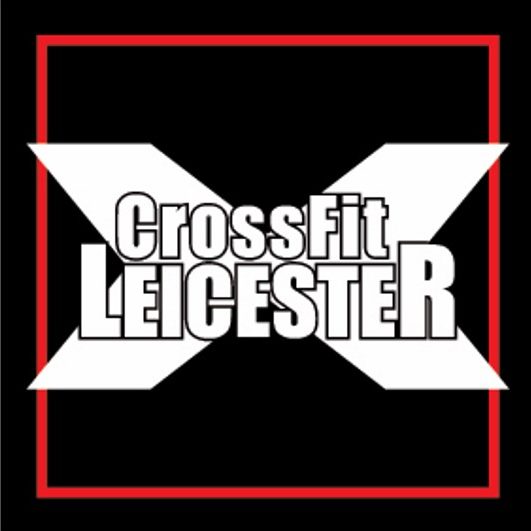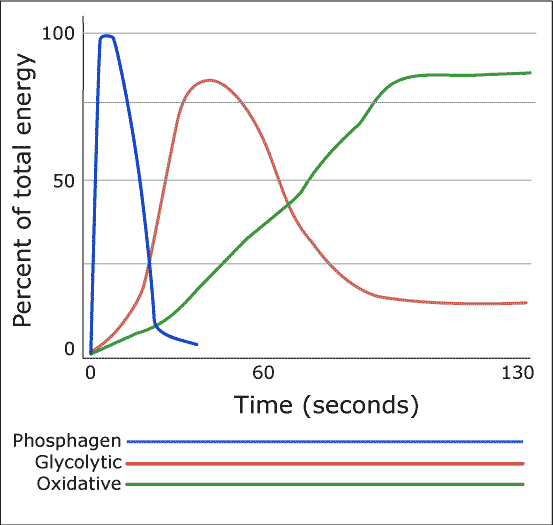Many new faces are coming into CrossFit Leicester. With limited time and much practical application and explanation to cover, little space remains to get our nerd on and delve into the science of CrossFit and why we do what we do when it comes to how we programme WODs.
To start – Our bodies have three metabolic pathways broken down into two cardiovascular systems:
Aerobic: Oxidative
Anaerobic: Phophagen, Glycolytic
Each of these energy systems have their own special characteristics. Aerobic training allows athletes to work at lower intensity levels over extended periods of time and decrease body fat at the same time; increasing cardiovascular endurance and stamina. Many long-distance runners and ultra-endurance athletes fall into this category. Think events like 1500 meter sprints and marathons. Anaerobic training allows us to exert great effort over short durations. In this intense time period, our bodies “improve power, speed, strength, and muscle mass” (CrossFit Training Guide, P.19), while also burning fat.
On the surface, it appears that both cardio systems are quite the same, however they differ drastically. For instance, “aerobic activity has a pronounced tendency to decrease anaerobic capacity” and athletes who train specifically in this threshold “witness decreases in muscle mass, strength, speed and power” (CrossFit Training Guide, P.19). Yet, anaerobic conditioning promotes power, speed, muscle mass, strength and fat loss. Moreover, when implemented properly, anaerobic conditioning “can be used to develop a very high level of aerobic fitness without the muscle wasting” (CrossFit Training Guide, P.19). As CrossFitters, our ultimate fitness end-state is general physical preparedness (GPP). This end-state combines power, strength, speed, and muscle mass along with a strong cardio capacity to move large loads over long distances, quickly.
In order to reach this end-state, we must train the two metabolic pathways that most effectively support the growth of GPP. These pathways are the Phophagen and Glycolytic which support sprint and mid-distance activities lasting 10-30 seconds and 30-120 seconds, respectively. Many of us are familiar with some well-known CrossFit benchmarks (think “Murph’) that take most athletes more than 40 minutes to complete and are grueling endurance WODs. However, constantly training these long endurance WODs that target only the oxidative pathway and last 120-300 seconds does little to benefit our overall goal of GPP. Targeting the Phophagen and Glycolytic pathways enables athletes not only to increase power and speed and burn fat, but also to increase our overall endurance. So rather than having our athletes complete “Murph” every week, we primarily target these two pathways with shorter, more intense workouts in order to get the “most bang for our buck” in terms of training time and improved work capacity. By constantly varying functional movements of the three main fitness activities of CrossFit (gymnastics, weightlifting, metabolic conditioning) and performing these movements at high intensity, we effectively target these pathways and build our anaerobic capacity as well as our aerobic capacity – forging better CrossFitters in the process.

